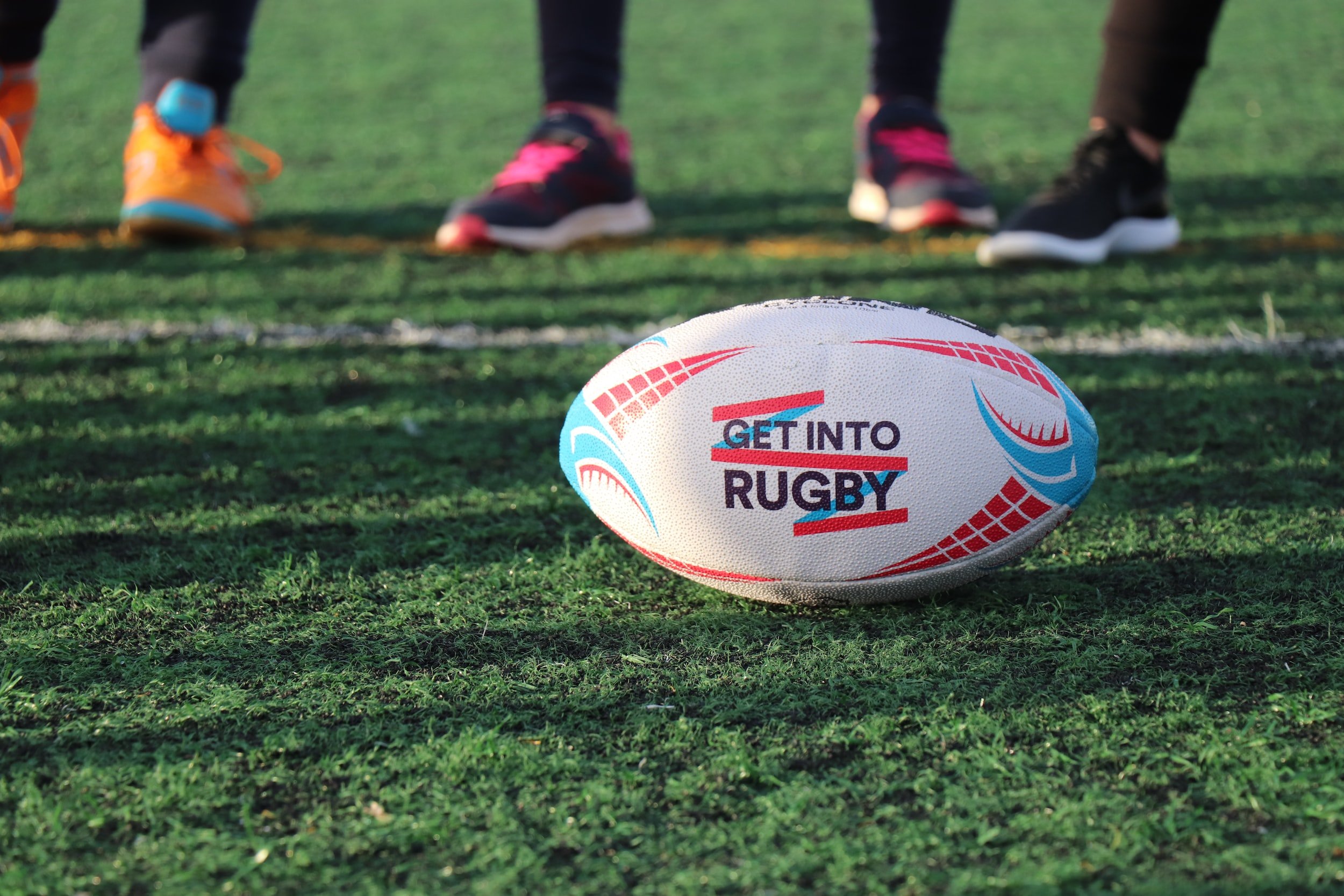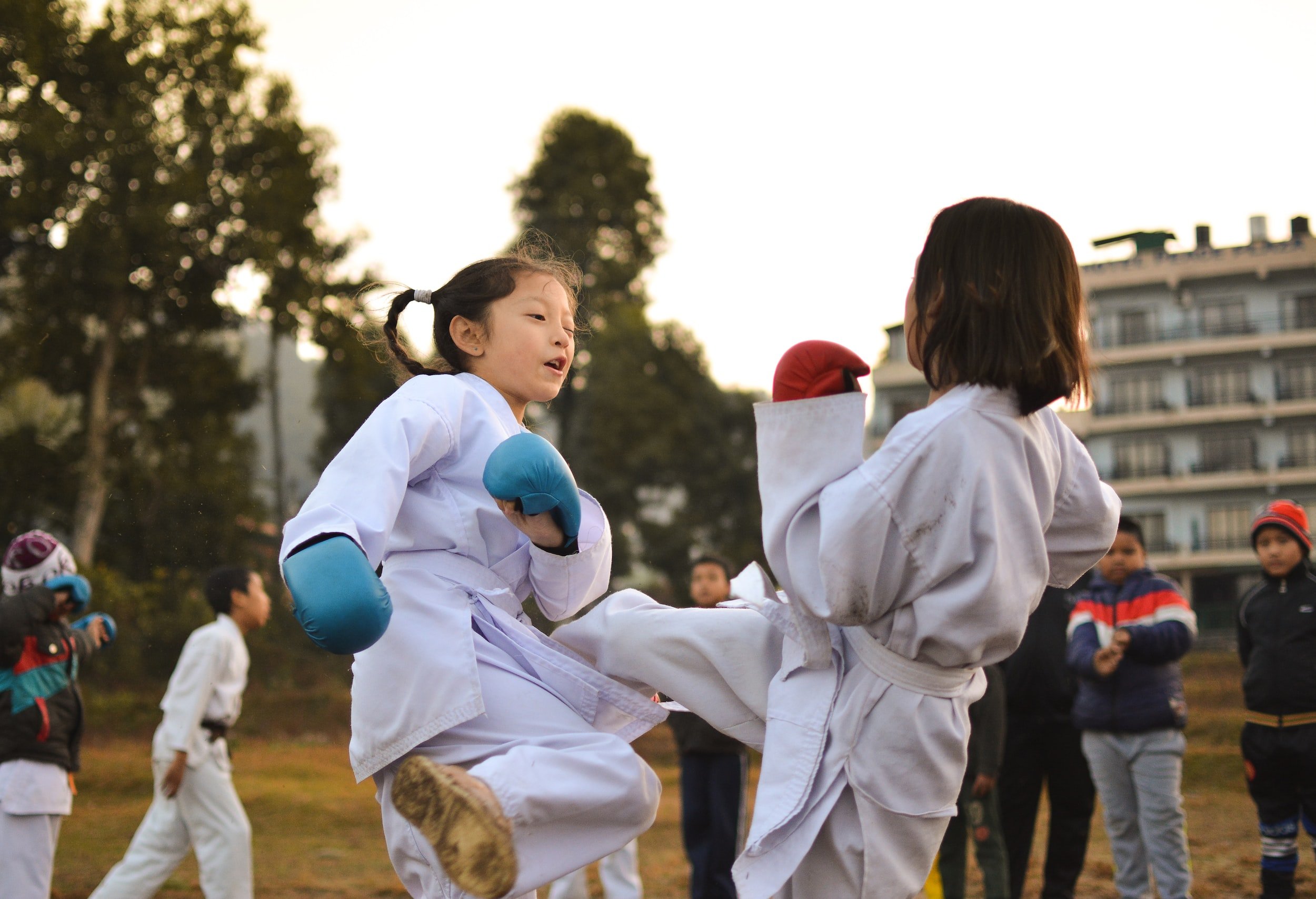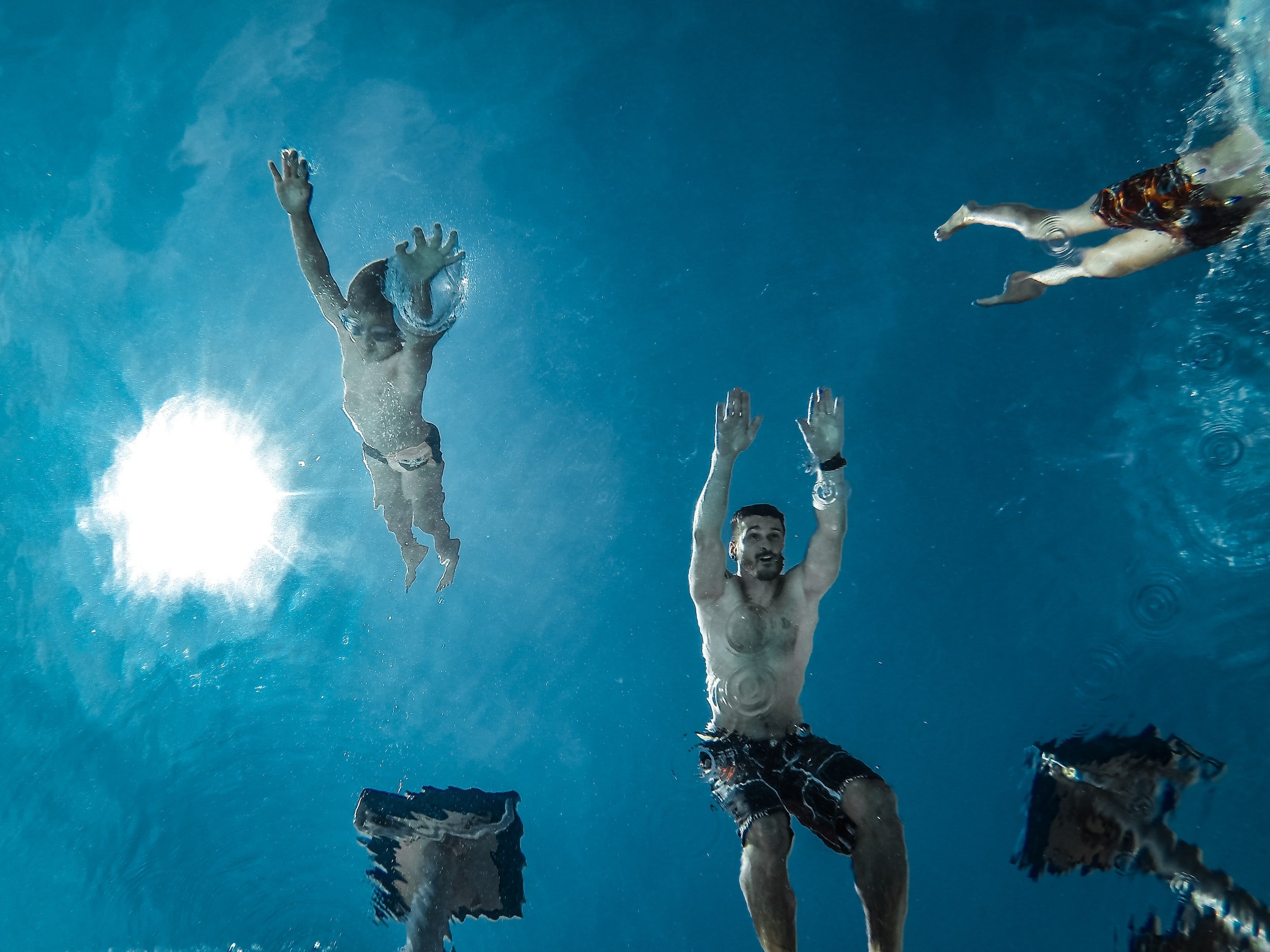Helping your child find a favourite sport
The health benefits of playing regular sport, mental as well as physical, cannot be underrated. Besides helping your child stay fit and active, and developing physical skills, playing sport regularly as a child helps to develop those important healthy habits we will all need as adults so that we can stay healthy for longer.
As a parent, it will be tempting to steer your child in the direction of your own favourite sport. If this is something your child also likes, then it’s win-win: child gets lots of opportunities to play the sport, and parents can share physically in the enjoyment (as well as cheering from the stands or the touchline). But every child is unique in temperament, skill, in what they like, so as parents the starting point is to observe your child and be open about what they tell you they enjoy.
Even then, many children won’t express a preference or they can’t decide what they would prefer. To steer them in the direction you think is best without listening or respecting their preference will often lead to the child eventually dropping out of sport; not only that particular sport, but if their experience is negative enough, to drop out of sport altogether. So, here are our five top tips to help them choose.
Variety means spiced up value
Every child is unique and unique from their parents. Just because you liked team sports does not mean your child will like them; your child might prefer the solo focus of long-distance cross-country running. So expose them at an early age to as much variety of sport as you can access in your local area. Many local sports clubs will offer taster sessions, and some local authorities will also offer free or low cost mini sports sessions designed to help children experience a variety of sports. This is how some top athletes were introduced to the running track, or the gymnasium or the basketball pitch.
This will help you gauge your child’s natural abilities and their preferences simply on what they tell you, or on their body language as you try to disengage them at the end of a session.
Observe, talk, listen
If you are using taster sessions to help your child pick a sport they want to play regularly, then stay on for the session. Observe your child and observe the way that the adults leading the session are interacting. Watch your child’s body language and facial expressions – are they joining in or hanging back; are they stumbling and uncertain or do they join in with enthusiasm; do they seem doubtful or confident? Are the adults and more experienced children engaging with the less capable child or are they focusing on scores and outcomes? Are the adults having as much fun as the kids – fun and enthusiasm are infectious and more than anything, your child wants to enjoy sport.
After the session, have a good chat with your child and this means listening to them talk about what they have experienced. Your child might tell you outright if it’s a yes or a no for them, but if your child wants to please you, they might be more reticent with their true feelings.
This is why taking them to a different taster session before making a commitment might help. Your child then gets a chance to compare their experiences and you will soon pick up just from their behaviour which they prefer.
Check out the sports club you are interested in
This is such an important component of the choice. You might have a renowned club in your local area that churns out Olympic medalists and you might want this for your child. But do your homework. Check out their webpage and find out about their safeguarding and privacy policies; are these adequate to your individual needs? What are the fees like and can you afford these long term so your child is not disappointed in a few months’ time? What are their values and their ethos and are these something you share with them – if your values and that of the club do not match, then this might not work out as a relationship in the long term.
Above all, having watched the session, and perhaps got to know the club coaches and organisers, do you trust them with your child? That, is the biggest question of all and you must answer it honestly.
Take a health check
Not yours, your child’s. If your child is usually sedentary, then it might mean a slow, steady build up to better fitness and agility before they are able to join in fully and safely. And, of course, if your child has any particular health condition, always consult your doctor before the child signs up. Most sports are great for a child’s health, but a child’s health will determine at what level and pace the child enters the sport.
Also, when the child starts, consult with the adults. They are trained professionals in most cases and they will be able to help your child join in and make the most out of the session based on their abilities.
Then enjoy watching how your child blossoms in health and abilities!
Join in!
One of the beauties of sport is the way it can bring people together and the sheer joy of getting back into ‘big kid’ mode by joining in the fun is a great way to bond with your child, to help them develop the skills they are working on during sports sessions, and to shed those extra kgs that age and parenting can add to the waistline! Playing a sport is not just about training sessions and competitions. Sometimes it is about throwing and catching in a park until the skill is second nature, or running to the corner shop and back till you can do it in record time together.
And that is possibly the most important key word: together. Helping your child choose a sport is a joint activity where you as a parent get to learn something new about your child, including respecting their abilities and their preferences. It is something you do together, and maybe you’ll both end up sporting enthusiasts, together!







